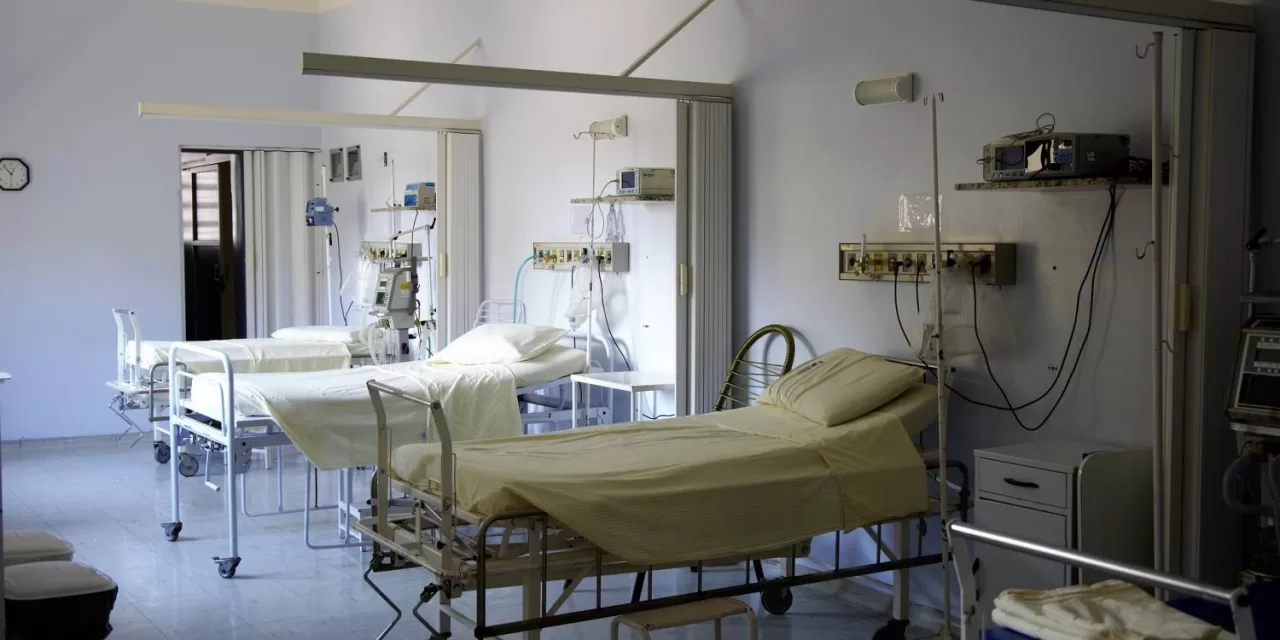A recent study published in the American Journal of Infection Control has highlighted the significant correlation between inadequate infection prevention staffing and elevated rates of healthcare-associated infections (HAIs). The study, conducted by the APIC Center for Research, Practice & Innovation, sheds light on the critical need for hospitals to reassess their infection prevention programs, especially in the context of understaffed infection prevention and control (IPC) units.
The research, which was part of a pilot project evaluating a new online calculator tool, found that hospitals with staffing levels below expected standards experienced considerably higher rates of infections such as central line-associated bloodstream infections (CLABSI), catheter-associated urinary tract infections (CAUTI), Clostridioides difficile infections, and colon surgical site infections. For instance, 25% of hospitals with staffing levels lower than expected had elevated CAUTI rates, compared to only 7% of facilities that met or exceeded staffing expectations.
The study analyzed data from 390 acute care hospitals, revealing that nearly 80% (79.2%) had insufficient staffing for infection prevention. This stark finding calls attention to the shortcomings of traditional staffing benchmarks that rely on a one-size-fits-all approach, which often does not account for the complexities of modern healthcare facilities.
Historically, hospitals have used a basic ratio of infection preventionists (IPs) per inpatient bed, a method that has become outdated in today’s complex healthcare environment. This study introduces a more nuanced approach: a new online staffing calculator developed by APIC. This tool allows hospitals to receive facility-specific recommendations for staffing levels, considering factors such as the hospital’s size, the complexity of services offered, and the presence of specialized units like emergency departments or burn units.
“This facility-specific calculator for infection prevention and control staffing levels is a completely novel tool for our community and one that is clearly needed to help hospitals advocate for adequate resources to keep patients and healthcare workers safe,” said Rebecca Bartles, DrPH, MPH, CIC, FAPIC, executive director of APIC’s Center for Research, Practice & Innovation, and lead author of the study.
The new tool adjusts optimal staffing ratios based on the unique needs of each hospital, offering a predictive algorithm that accounts for the specific services and patient populations served. This allows for more accurate and tailored staffing recommendations, addressing a critical gap in infection control resources.
The findings of this study emphasize the undeniable link between adequate infection prevention staffing and improved patient safety. Hospitals with the necessary staff are better equipped to manage infection risks, directly impacting patient outcomes. Moreover, the study suggests that hospital leadership must prioritize using the new staffing calculator to evaluate their infection prevention needs and make necessary investments.
APIC is also urging the U.S. Centers for Medicare & Medicaid Services (CMS) and other standards bodies to adopt the staffing calculator to ensure healthcare facilities across the nation are meeting optimal infection prevention standards.
“This study lays to rest any doubt about the critical need for appropriate levels of IP staffing,” said Tania Bubb, Ph.D., RN, CIC, FAPIC, 2024 APIC president. “This calculator will be essential in ensuring that healthcare facilities can target optimal IP staff numbers and ultimately improve patient care.”
For further details, refer to the study published in the American Journal of Infection Control (2024). DOI: 10.1016/j.ajic.2024.09.004.












